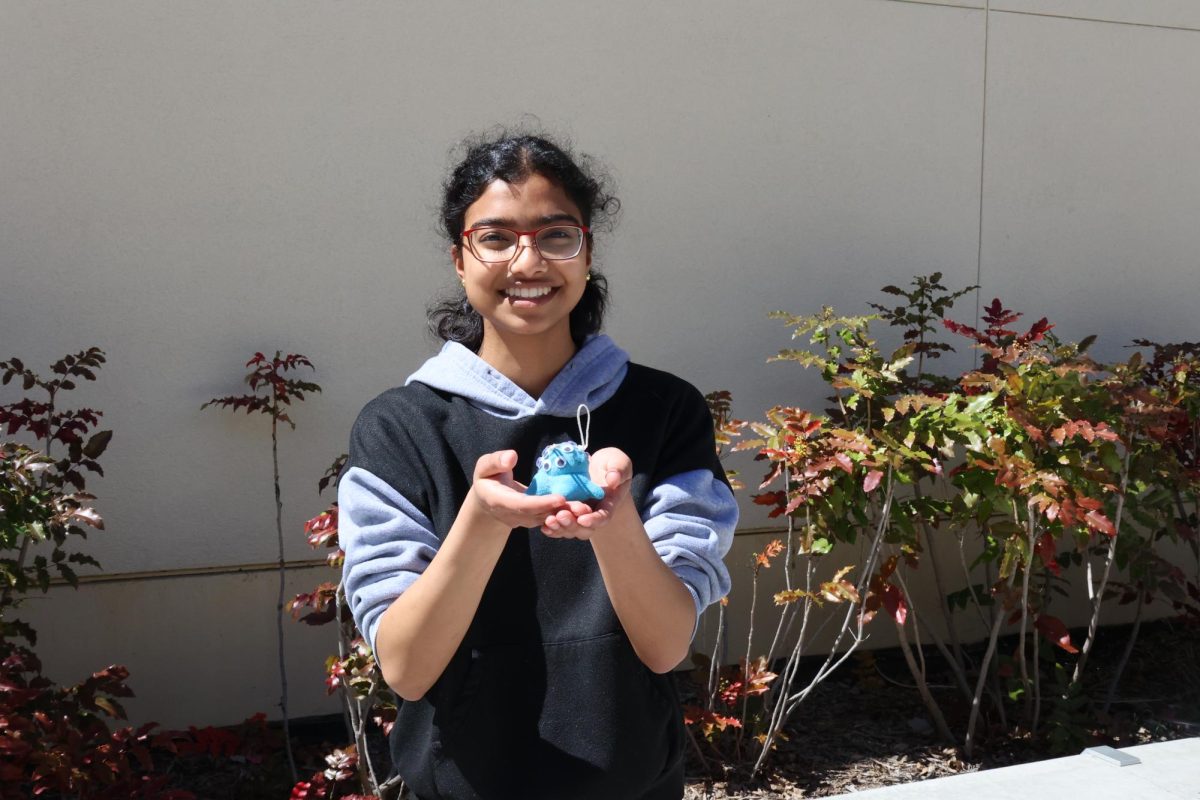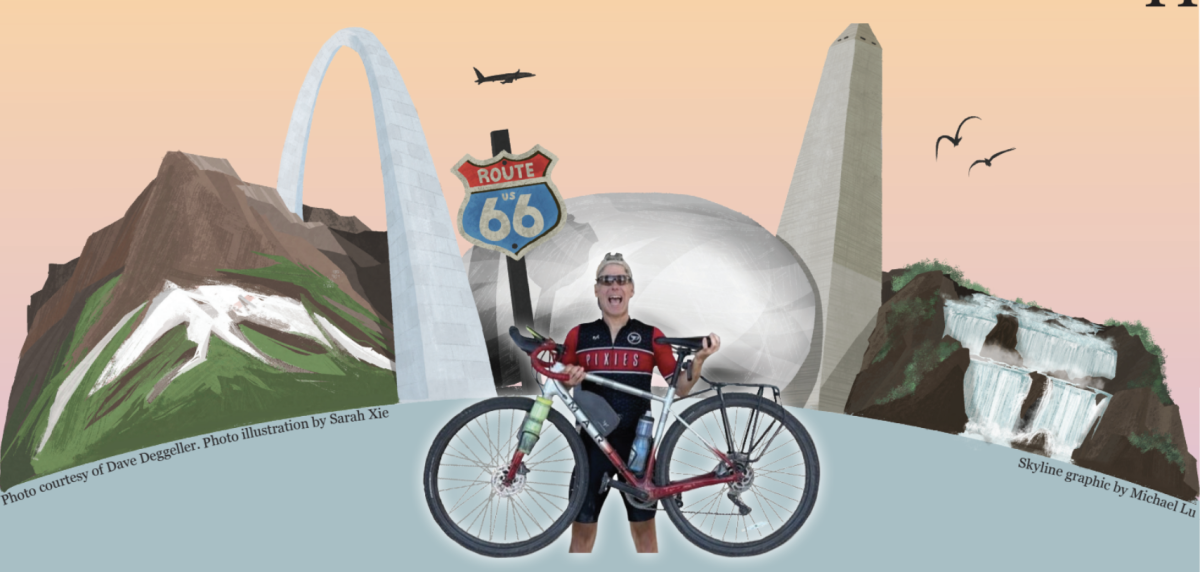Written by Naina Murphy
Published in the November 6th, 2015 issue
Over the last eight years, senior William Brooks has used his free time for birdwatching. After his dad picked up the hobby during his sabbatical, Brooks became interested and soon developed a love for the activity. “I like the adventure of it,” Brooks said. “Every time I go out, I don’t know what I’m going to see.”
Brooks’ process consists of going to various locations, such as parks, the Baylands and hiking trails, and working on identifying
birds by listening to their calls. Over the years he has mastered the calls of over a few hundred birds, so when he hears one that he does not recognize, he looks for it and hopes to photograph it.
According to Brooks, birdwatching comes with challenges, including building up a knowledge of how different species behave and interact. One complex form of birding, called seawatching, especially stands out to Brooks because of its unique process. “Seawatching is really difficult because you’re on the shore and you’re looking out at birds that are miles out,” Brooks said. “So that’s identifying them off their flight pattern and how tight a flock they are flying.”
Birdwatching has taught Brooks a lot in these past eight years. Not only has he learned enough information to identify around a 1000 species of birds, but he has also learned valuable lessons that apply to other aspects of his life.
Recently, Brooks started the Bird Club at Gunn to share his passion with other students and show them what birdwatching is about. The club allows students to learn different approaches to bird watching and types of birds, and hosts field trips to areas such as the Baylands Preserve on the edge of Palo Alto. His hobby has also given him the chance to expand his interest to other areas. “I’m a leader on a birdwatching boat trip company,” Brooks said. “So I have learned things like leadership skills and what it’s like to lead a group of people.”
Brooks’ passion for birdwatching has also allowed him to expand into the field of nature photography. Over the past few years, he has been using a telescope and his iPhone to capture images of different species. He uploads his images to online photo-sharing sites such as Flickr. Brooks says his simple techniques have allowed focus on the subjects themselves rather than obsession over complicated technology required by some photographers. “Many wildlife photographers spend incredible amounts of money on their cameras but that does not necessarily make their photos incredible,” he said. “I have learned the importance of composition and lighting to create an inspiring image without the huge investment.”
The objects he captures also present some photography challenges, Brooks says. “I’ve learned how to take photos in difficult conditions, like rocking boats, storms and when the subject is trying to escape from me,” he said. For students interested in taking up birdwatching, Brooks notes that it is easy to get into the hobby and suggests going out to different places to observe different species. “There are birdwatching books and field guides,” he said. “But I think that if you really want to build up that knowledge, just go out there and see birds.”






















